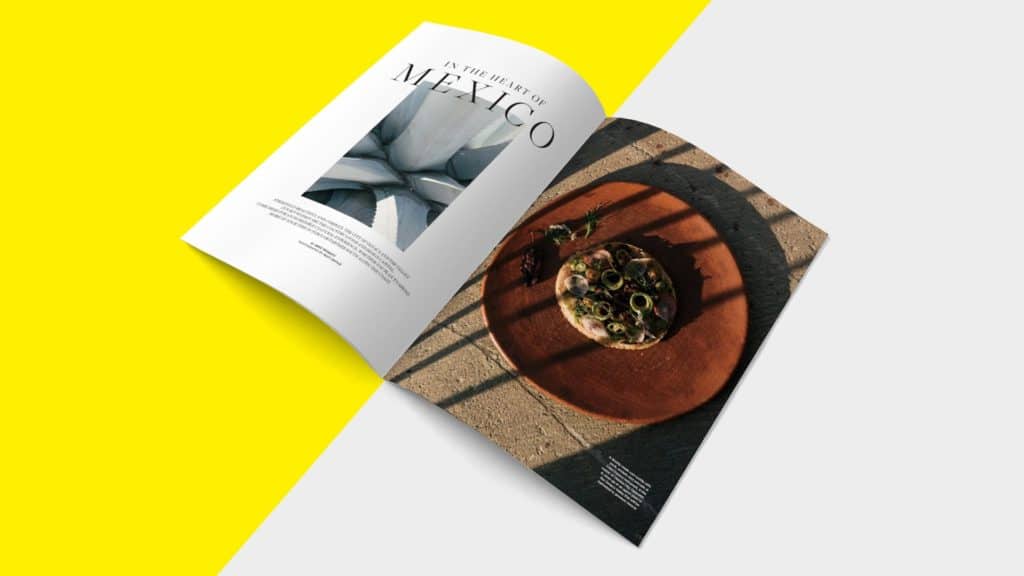During uncertain times, thought leadership is more important than ever, as consumers look to brands for leadership. Bylines and op-eds offer a great way for leaders to demonstrate their commitment to values and to having the tough conversations. When done well, thought leadership builds trust and can impact your bottom line. As the leader of M Booth’s brand journalism studio, and having spent much of my career as a B2B and B2C magazine editor working with writers and PR reps, I’d like to offer you my perspective on how to pitch and craft a byline that resonates with editors and readers. Here, a few firsthand tips on what works and what doesn’t.
be unique!
First, identify your topic. Ask yourself, is the opinion you’re sharing culturally relevant right now? By that, I mean that customers and prospects are not interested in hearing about whether your company is doing well right now, and they are not interested in a glorified press release—rather, they want to know how your company is adding to the community. You also want to contribute to the conversation, so ask yourself: Is my opinion unexpected, or has it been said before? As you refine the angle you’re taking, know that you want your topic to be broad enough that it’s widely appealing, but focused enough to have depth.
be selfless.
An op-ed has to be pure in intention, and cannot be a sales pitch. The key is to have something purposeful to say. You have to provide real value that is bigger than what you’re selling. This makes an audience feel cared for, not sold to, and builds trust in your brand. Decide how promotional you can be based on publication you’re pitching. Most publications won’t allow you to mention your brand or your product at all, so it’s best to operate under that assumption. If you are pitching a publication that allows a mention, remember that it’s okay to be passionate about a market niche, but the tie from the op-ed to the product has to be loose and straightforward (i.e., we care about this issue, and that’s why we’re in this business). Companies often struggle with putting forward a piece that doesn’t mention their brand or product beyond the author’s title, but it’s really important.
decide: whose voice is best?
Keep in mind that the very next thing your reader will see after your story’s headline, is the author. Once you’ve got your topic down, determine who has the credibility and expertise and the point of view—in other words, who will people take seriously, and why? Often, the CEO of your company is not the best person for this job, so be sure to consider other executives who have unique qualifications that will be more meaningful to a reader. That author’s name, background, and experiences will color their feelings, before they even begin reading the story.
pitch first, write later.
This part may seem counterintuitive, but once you’ve got your topic and your author, you’re ready to pitch. Editors almost never accept a pre-written piece. Most editors need to be involved in the process of creating the story. They want to greenlight an idea, and then work with you on the angle and the timing. All you need is a great idea expressed in a few sentences—editors today are inundated, and working with shrinking teams, so you want to get their attention quickly and respectfully.
be mindful of tone.
Lastly, once your pitch is approved and you’re ready to write, remember to be mindful of tone. Correlate it to what’s going on in culture at large. For example, we’re living through uncertain times, so chances are, you want your tone to be informative and supportive.
Need help coming up with an idea or crafting a byline? We are here for you. Simply email the Message team.




